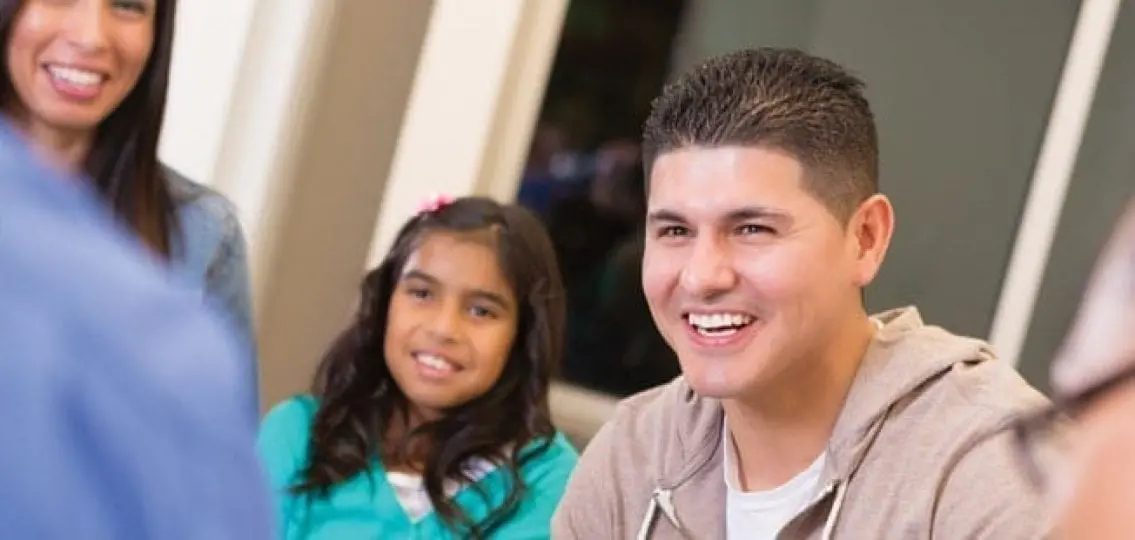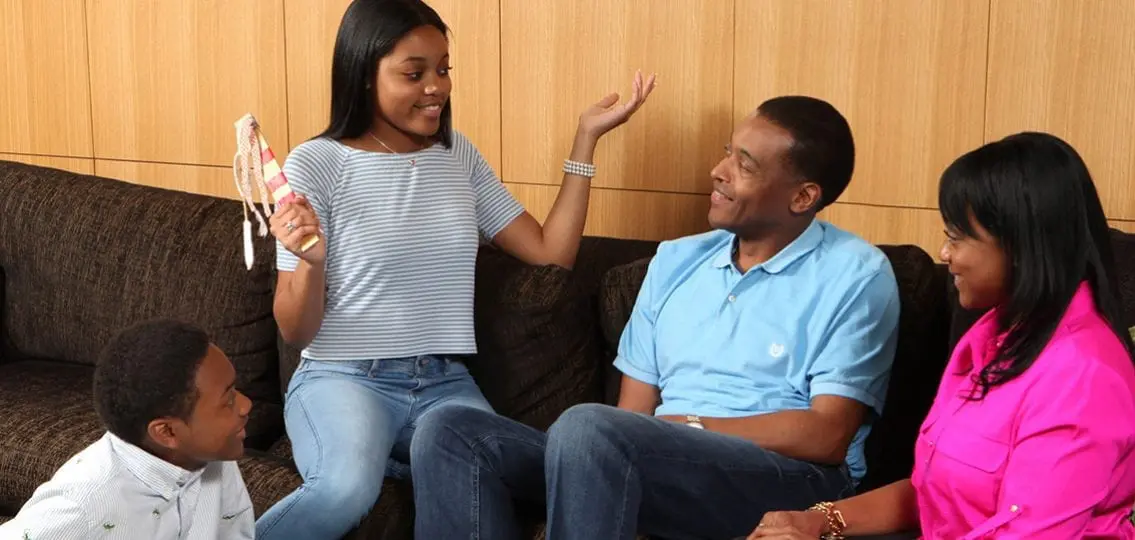As kids get older, it’s harder to gather everyone around the dinner table. Or even in the same room at once. Yet holding regular family meetings can be an essential way to connect with teens and help them adopt positive routines.

They key is to make the meetings fun and engaging. Also, to give teens opportunities to take the lead, says Tina Feigal, a parenting coach and director of family engagement at Anu Family Services in St. Paul, Minnesota.
“At first some teens won’t want to come to the family meeting, but if there are other family members who attend, the teens can hear that it’s fun and pleasant and all about giving them more responsibility and engaging them in the solution,” Feigal says. “You just can’t say, ‘We’re the parents and you’re going to do what we want you to do.’ That causes more strife, and when dealing with the tween and teen years, relationship-building should be first on your agenda.”
Feigal suggests a few ways families can up their family-meeting game—not all of these will be a fit for every family, but it’s important to consider the options and make changes that work for your family.
3 Suggestions for Memorable Family Meetings:
1. Take turns as the meeting leader.
Empower your kids by allowing them to serve as the meeting leader or moderator. This means that they set the agenda, call on speakers, and the like. They can delegate someone, even one of the parents, to take minutes. They should also get the chance to decide on snacks or drinks, if that’s going to be part of the meeting, too.
2. Make it a ceremony.
Whether you light a candle, play a song, recite a particular saying, or do something else, calling your family meeting to order with a sense of ceremony. This will help your kids understand its importance. Bonus points if you make it feel like something out of their favorite fantasy novel or movie, too.
3. Use a “talking piece.”
A “talking piece” is a physical emblem or token that indicates that the person holding the piece has the floor. This limits interruptions and gives your kids a feeling of authority. You could decide whether the talking piece goes around in a circle so everyone talks in turn. Or just gets passed back and forth as needed. Crafty kids could make and decorate the piece themselves out of a block, stick, stone, or some other household object.

“Kids want to be needed,” Feigal says. “Busy families often don’t stop and take a breath and tell the kids that they really matter and they are needed in the family. Family meetings can help you gather the kids back in and let them know that.”




